| Weight | 1 lbs |
|---|---|
| Dimensions | 9 × 5 × 2 in |
| host | rabbit |
| isotype | IgG |
| clonality | polyclonal |
| concentration | 1 mg/mL |
| applications | ICC/IF, WB |
| reactivity | RAIDD (IN) |
| available sizes | 100 µg |
rabbit anti-RAIDD (IN) polyclonal antibody 1582
$445.00
Antibody summary
- Rabbit polyclonal to RAIDD (IN)
- Suitable for: ELISA,WB,ICC,IF
- Isotype: IgG
- 100 µg
rabbit anti-RAIDD (IN) polyclonal antibody 1582
| antibody |
|---|
| Tested applications WB,ICC/IF,ELISA |
| Recommended dilutions Immunoblotting : use at 1ug/mL. Positive control: HeLa or K562 cell lysate. Immunocytochemistry: use at 5ug/mL. These are recommended concentrations. Enduser should determine optimal concentrations for their applications. |
| Immunogen Peptide corresponding to aa 99- 117 of human RAIDD (accession no. AAB42217). |
| Size and concentration 100µg and lot specific |
| Form liquid |
| Storage Instructions This antibody is stable for at least one (1) year at -20°C. Avoid multiple freeze-thaw cycles. |
| Storage buffer PBS, pH 7.4. |
| Purity peptide affinity purification |
| Clonality polyclonal |
| Isotype IgG |
| Compatible secondaries goat anti-rabbit IgG, H&L chain specific, peroxidase conjugated, conjugated polyclonal antibody 9512 goat anti-rabbit IgG, H&L chain specific, biotin conjugated polyclonal antibody 2079 goat anti-rabbit IgG, H&L chain specific, FITC conjugated polyclonal antibody 7863 goat anti-rabbit IgG, H&L chain specific, Cross Absorbed polyclonal antibody 2371 goat anti-rabbit IgG, H&L chain specific, biotin conjugated polyclonal antibody, crossabsorbed 1715 goat anti-rabbit IgG, H&L chain specific, FITC conjugated polyclonal antibody, crossabsorbed 1720 |
| Isotype control Rabbit polyclonal - Isotype Control |
| target relevance |
|---|
| Protein names Death domain-containing protein CRADD (Caspase and RIP adapter with death domain) (RIP-associated protein with a death domain) |
| Gene names CRADD,CRADD RAIDD |
| Mass 22745Da |
| Function FUNCTION: Adapter protein that associates with PIDD1 and the caspase CASP2 to form the PIDDosome, a complex that activates CASP2 and triggers apoptosis (PubMed:15073321, PubMed:16652156, PubMed:17159900, PubMed:17289572, PubMed:9044836). Also recruits CASP2 to the TNFR-1 signaling complex through its interaction with RIPK1 and TRADD and may play a role in the tumor necrosis factor-mediated signaling pathway (PubMed:8985253). {ECO:0000269|PubMed:15073321, ECO:0000269|PubMed:16652156, ECO:0000269|PubMed:17159900, ECO:0000269|PubMed:17289572, ECO:0000269|PubMed:8985253, ECO:0000269|PubMed:9044836}. |
| Subellular location SUBCELLULAR LOCATION: Cytoplasm {ECO:0000250|UniProtKB:O88843}. Nucleus {ECO:0000250|UniProtKB:O88843}. |
| Tissues TISSUE SPECIFICITY: Constitutively expressed in most tissues, with particularly high expression in adult heart, testis, liver, skeletal muscle, fetal liver and kidney. {ECO:0000269|PubMed:8985253, ECO:0000269|PubMed:9044836}. |
| Structure SUBUNIT: Forms a complex named the PIDDosome with PIDD1 and CASP2 (PubMed:15073321, PubMed:16652156, PubMed:17159900, PubMed:17289572, PubMed:8985253, PubMed:9044836). Interacts (via Death domain) with RIPK1 (via Death domain); the interaction is direct (PubMed:9044836). Interacts with TRADD (PubMed:8985253). Interacts with TNFRSF1A (PubMed:8985253). {ECO:0000269|PubMed:15073321, ECO:0000269|PubMed:16652156, ECO:0000269|PubMed:17159900, ECO:0000269|PubMed:17289572, ECO:0000269|PubMed:8985253, ECO:0000269|PubMed:9044836}. |
| Domain DOMAIN: The Death domain mediates the interaction with PIDD1 and the formation of a complex composed of 5 PIDD1 and 7 CRADD proteins which in turn probably recruit 7 CASP2 to form the PIDDosome (PubMed:17289572). The Death domain mediates a direct interaction with the Death domain of RIPK1 (PubMed:9044836). {ECO:0000269|PubMed:17289572, ECO:0000269|PubMed:9044836}.; DOMAIN: The CARD domain mediates a direct interaction with CASP2. {ECO:0000269|PubMed:8985253, ECO:0000269|PubMed:9044836}. |
| Involvement in disease DISEASE: Intellectual developmental disorder, autosomal recessive 34, with variant lissencephaly (MRT34) [MIM:614499]: A disorder characterized by mild to moderate intellectual disability, megalencephaly or enlarged head circumference, and a mild variant of lissencephaly with anterior-predominant pachygyria with shallow and unusually wide sulci and mildly thickened cortex. Some patients may have seizures. {ECO:0000269|PubMed:22279524}. Note=The disease is caused by variants affecting the gene represented in this entry. |
| Target Relevance information above includes information from UniProt accession: P78560 |
| The UniProt Consortium |
Data
Publications
| pmid | title | authors | citation |
|---|---|---|---|
| We haven't added any publications to our database yet. | |||
Protocols
| relevant to this product |
|---|
| Western blot IHC ICC |
Documents
| # | SDS | Certificate | |
|---|---|---|---|
| Please enter your product and batch number here to retrieve product datasheet, SDS, and QC information. | |||
Only logged in customers who have purchased this product may leave a review.
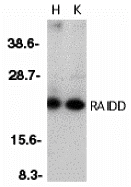
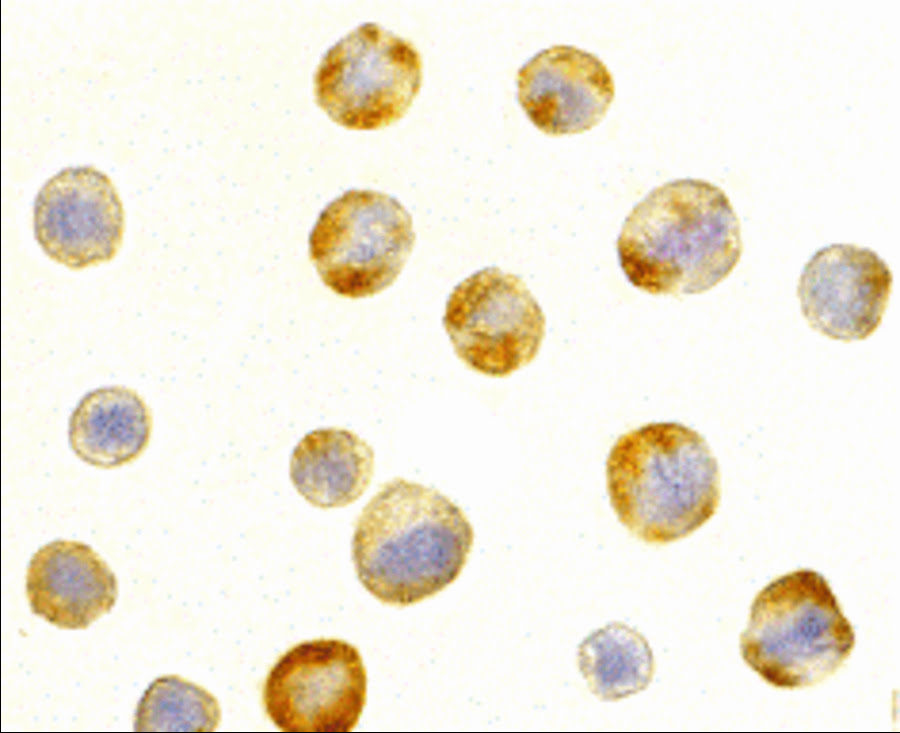

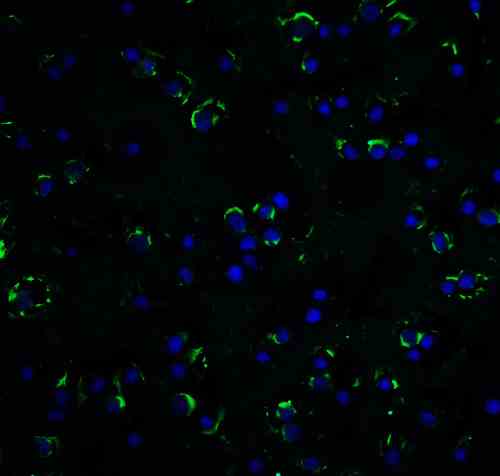
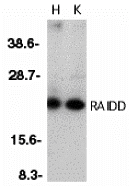
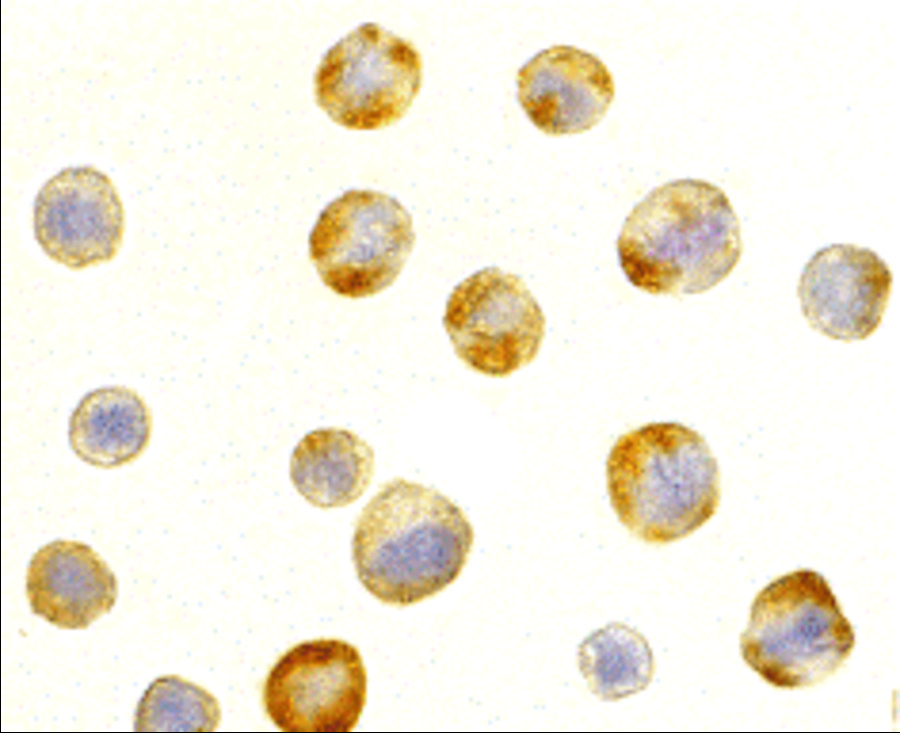
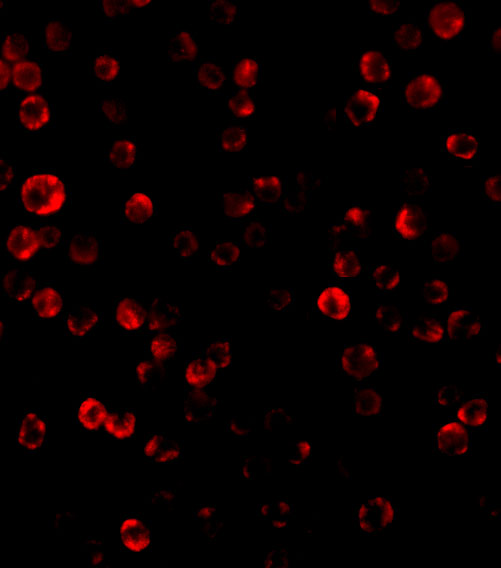
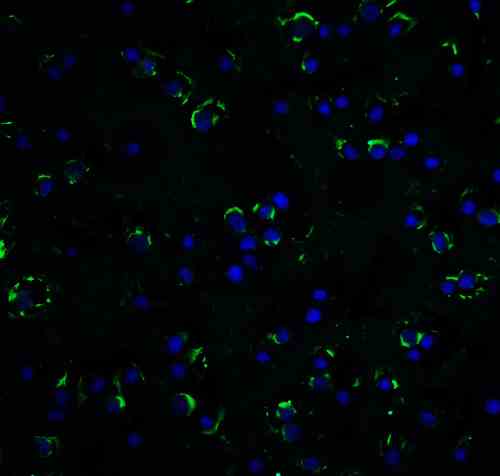
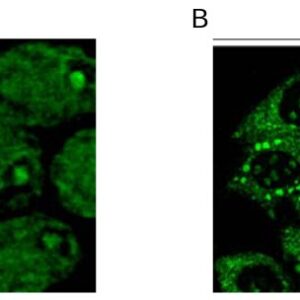
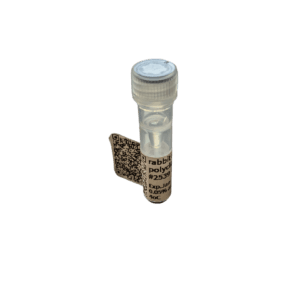
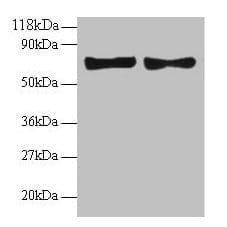
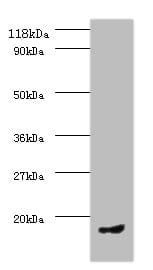

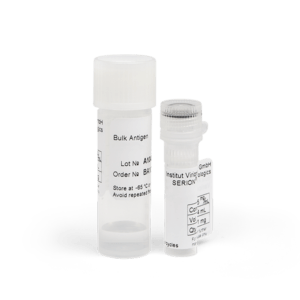
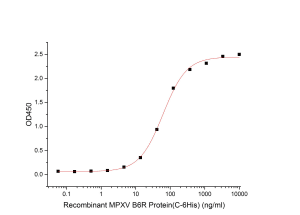
Reviews
There are no reviews yet.